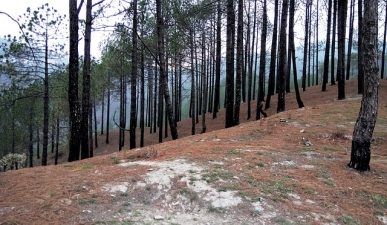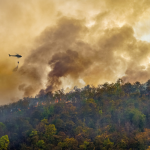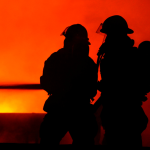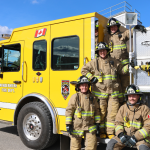Black Backed Woodpeckers feast after wildfiresAs learned in FireWise Learning Academy’s Wildfire investigation course, a wildfire cause investigator’s primary goal is to locate the area of origin and then observe and collect any evidence of the source of ignition, whether natural, man made or a combination of both.
Such an investigation may take days or even weeks to gather enough evidence to allow the beginning of proper consideration and testing of different cause hypotheses. However, long after the fire cause investigation is over and even longer after any criminal or civil trials have taken place (should arson or negligence be found to be part of the cause) it is interesting to note that nature will still be active, carrying out it’s own plan for recovering habitat lost due to the devastation that a wildfire brings to nature.
Take, for instance, what is already taking place in the charred forests near High Level, Alberta. Hot on the heals of insects who lay their eggs in the burned out trees, Black Backed Woodpeckers have already arrived to feast on their growing larvae. All that pecking has a wonderful side effect for the ashen forest floor: wood chips.
The wood chips created by the machinegun-like tapping of these birds, who could easily be described as “natures forest recovery first responders,” fall to the ground providing much needed nourishment for plant life, insects, and other creatures of the forest to do their part in restoring habitat. And of course, as smaller life forms return larger ones are sure to follow to eat them!
This video from the Weather Network shows an upclose look at this early, post wildfire action.








